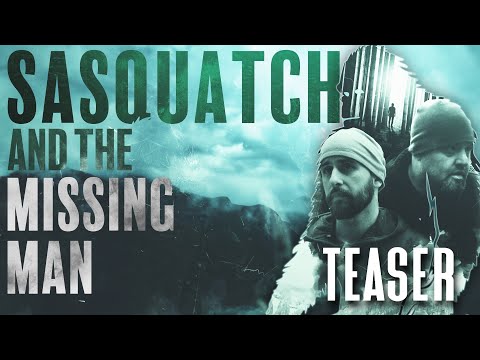Michael Mann’s “Collateral” (2004) knows that the city at night is a different beast, a living, breathing entity that has a completely different feel from the day.
This is something Martin Scorsese’s “After Hours” (1985) also knows, as people don’t behave the same way at night.
The rules are different.

Max, the cab driver played by Jamie Foxx, has seen it all, or at least thinks he has. Time spent in his cab, which he drives with pride and care, is intended to raise money for a real dream ahead.
Until then, it’s momentary pleasures and welcome connections, like the wonderful exchange he makes with a lovely woman (Jada Pinkett-Smith) near the end of his shift. It looks as though Max, as simple and disciplined as he is at his profession, is doing okay.
Things seem like they’re working out, as his occupation allows him to be inching towards where he wants to go in life…and then Vincent (Tom Cruise) enters his cab. As we quickly discover (though the opening scene and the trailers all cued us in), Vincent is a professional killer, and Max is now the hostage and unwilling sidekick to Vincent’s busy night of assignments.
FAST FACT: “Collateral” earned an impressive $220 million worldwide, the most for any Michael Mann production. His 2009 film “Public Enemies” came in a close second with $217 million globally.
The screenplay by Stuart Beattie became famous for the revolving door of actors who courted the project, reportedly gave their best during table reads, then ditched. My favorite almost-pairing was when Cruise nearly had Adam Sandler as his co-star.
Based on the quality of his dramatic work, I suspect Sandler would have been wonderful. Yet, as much as this is yet another ideal vehicle for Cruise (more on that later), Foxx is remarkable.
Coming out the same year as his Oscar-winning turn in “Ray,” Foxx beautifully plays Max as a kind, wise and vulnerable man. Max will not admit that he’s stuck in a rut until he must take action against a passenger who might just be the devil.
I don’t mean this literally…actually, it could be taken as that.
Cruise uses his smile, intense stare and presence not as an invitation but as Vincent’s way of holding Max in his grasp. Cruise has been exceptional in two handers before, namely “Rain Man” (1988). Here, the contrast between the two characters and acting styles makes for an electric pairing.
Michael Mann #BOTD going over a scene with Tom Cruise for Collateral (2004). pic.twitter.com/espsuzu9mf
— Tico Romao (@Tico_Romao) February 6, 2023
“Collateral” is surprisingly funny, though it is beautiful and melancholy enough to suggest that it is taking place in the same world (if not just a few streets down) from Mann’s “Heat” (1995). It’s also an existential film, exploring how random meetings can create lasting contacts or, in this case, an unwanted form of capture.
For example, Vincent almost takes a different cab. We gasp in hindsight, knowing how close Max comes to never meeting the worst customer of his life.
Some moments seem frozen in time, such as when Max and Vincent note a wolf crossing an empty street, and the sustained look they give each other while Vincent is busy murdering a lot of people in a crowded room.
RELATED: MANN’s ‘THE KEEP’ REMAINS A FASCINATING MISFIRE
This latter sequence, set to Paul Oakenfold’s “Ready Steady Go,” is a tremendous set piece. Yet, while this action high point and the third act render this into a chase thriller, much of “Collateral” is a dialogue-driven character piece, more an art movie than simply action.
Some of this is slow enough that the tension dissipates by the second act, but the actors and Mann’s remarkable staging of the violent confrontations charge it back to life.
While Mark Ruffalo, Javier Bardem and Pinkett-Smith are excellent in this, the movie belongs to Cruise and Foxx.
Vincent is a wonderful villain because of how much we don’t know about him. At one point, he tells Max an anecdote about his father that presents a delicious secret. I’m still wondering if Vincent is lying about his dad.
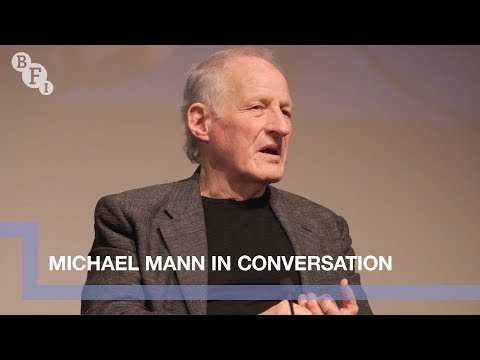
Another source of mystery that I still think about: some complained about the odd choice for Vincent to have silver hair, but I wonder if that’s also a front. Like a devilish seduction, Vincent gives Max a confidence and swagger he otherwise lacked, first when Max impersonates Vincent and later when he finally stands up to him.
The two share a dark kinship as people who are very good at what they do but no one notices them
“Collateral” is episodic, to be sure, but scene for scene, it gets better as it rolls along. There’s a sequence in a jazz club that is perfectly written, performed and staged.
Three characters lose themselves in the joy of each other’s company, until one of them announces that they’re there as an angel of death.
Something I love about Mann’s films is how, no matter how big or small the role, he clearly loves his characters.
The technology on display is, of course, dated, as flip phones are in plain view. Some of the soundtrack choices are dry, like the use of a Vangelis deep cut from the “1492: Conquest of Paradise” (1992) soundtrack.
I’m nitpicking, of course, as this small but sensational work from one of our greatest living filmmakers has aged well. Beattie’s screenplay is his best, as this easily could have been a schlocky B-movie, along the lines of “Cellular” (2004) or “Phone Booth” (2003).
In Mann’s hands, it’s dark poetry about two souls who, in an ideal world, should never have found one another.
The post Michael Mann’s ‘Collateral’ Still Hits Hard 20 Years Later appeared first on Hollywood in Toto.
from Movies - Hollywood in Toto https://ift.tt/78GI4lX


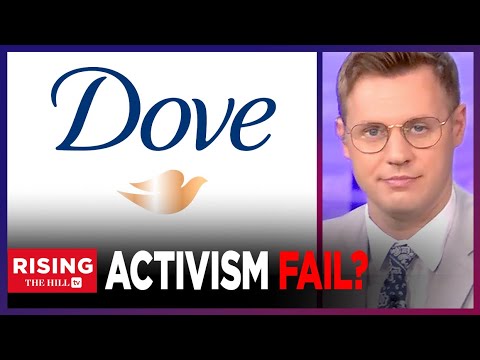
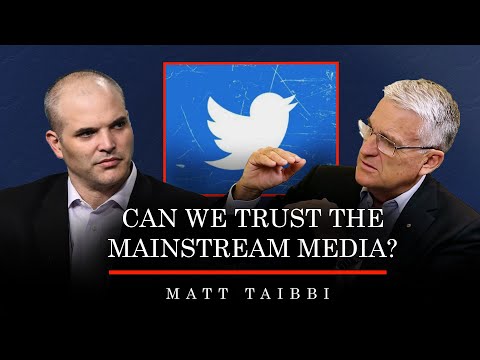
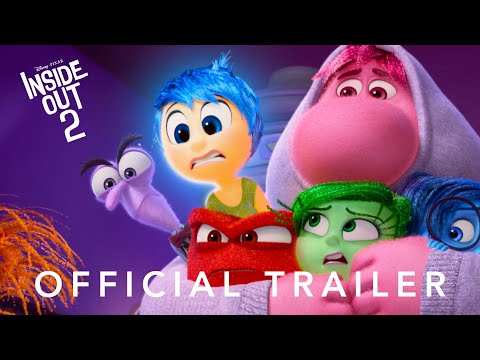

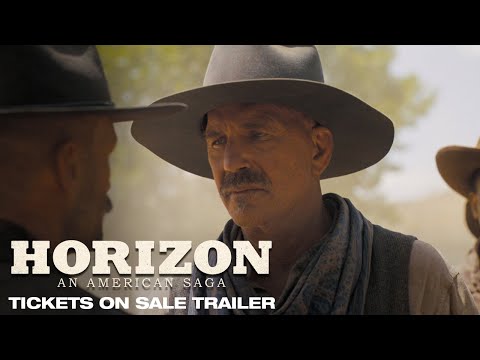
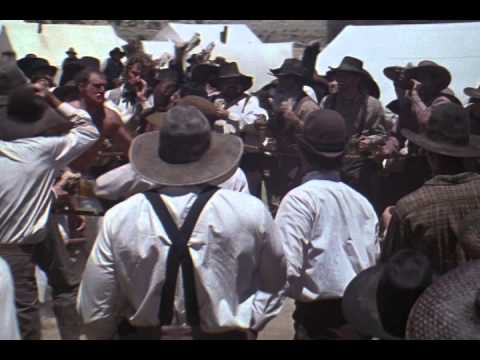
 ’Wyatt Earp’ starring Kevin Costner premiered in theaters 27 years ago today, June 24, 1994
’Wyatt Earp’ starring Kevin Costner premiered in theaters 27 years ago today, June 24, 1994 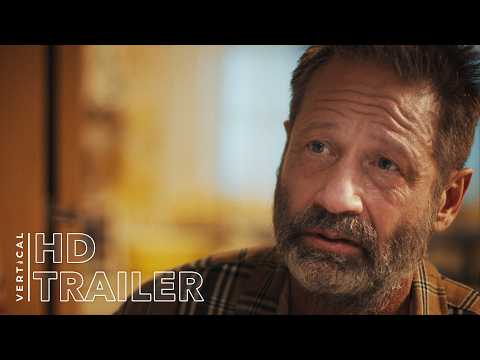
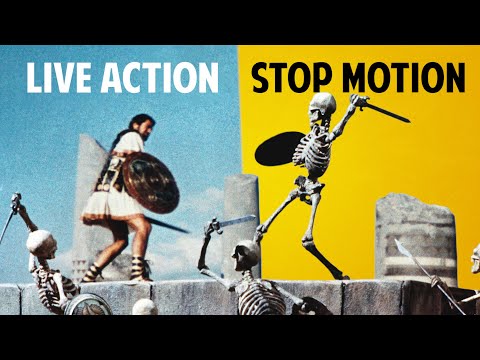
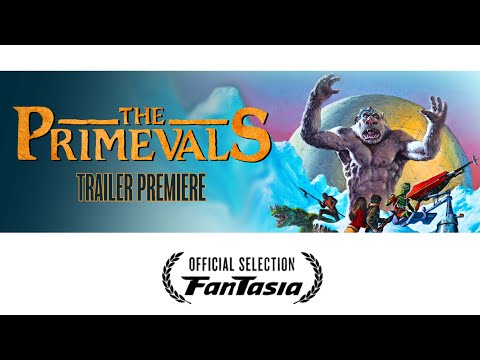

 (@ErickLorinc)
(@ErickLorinc) 